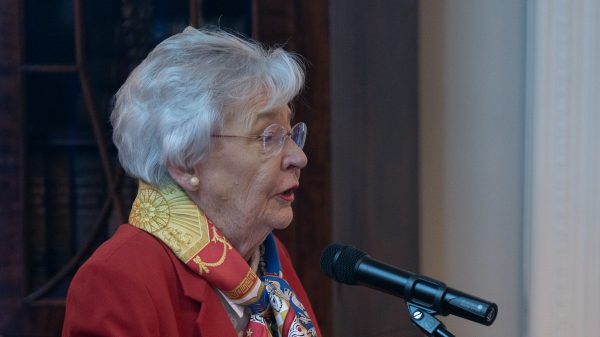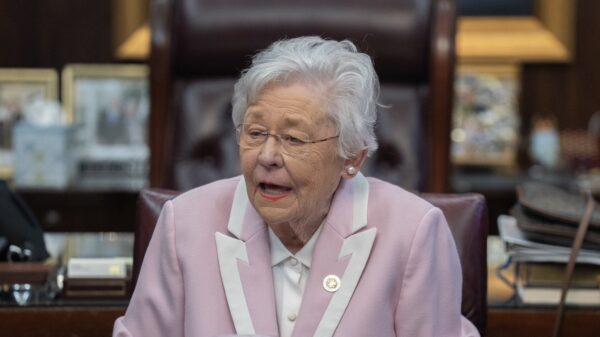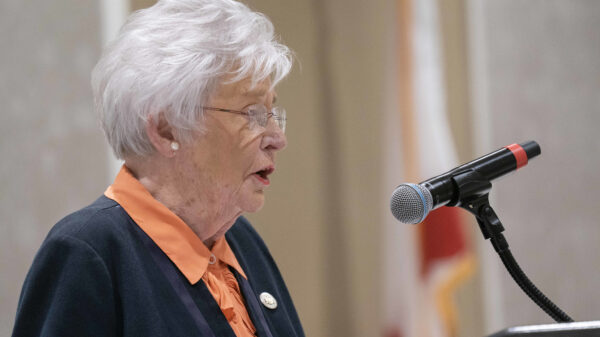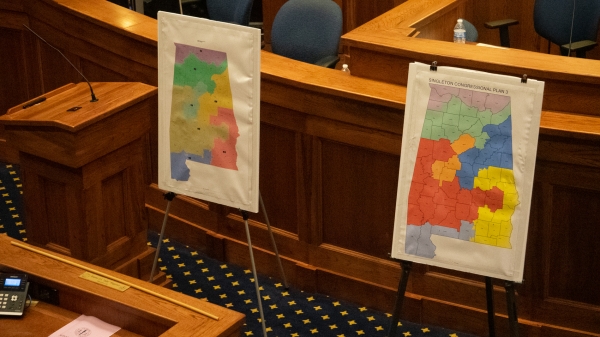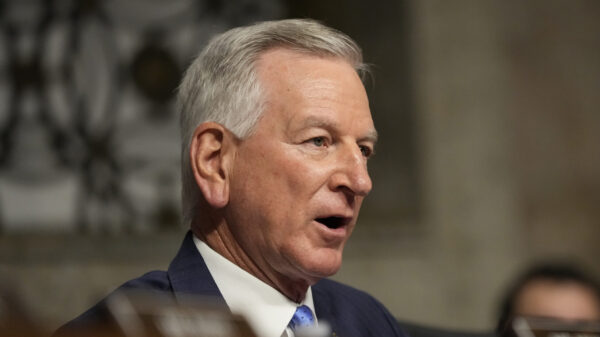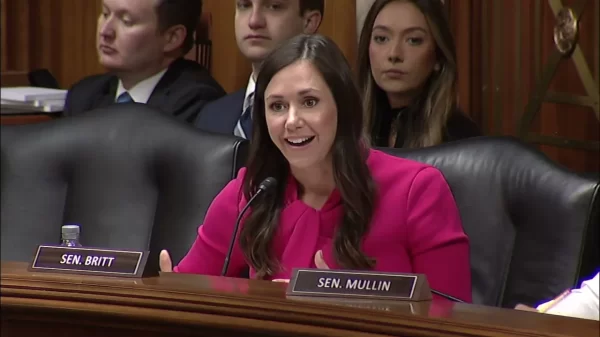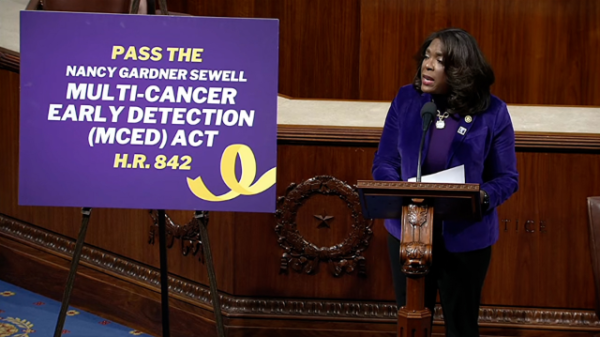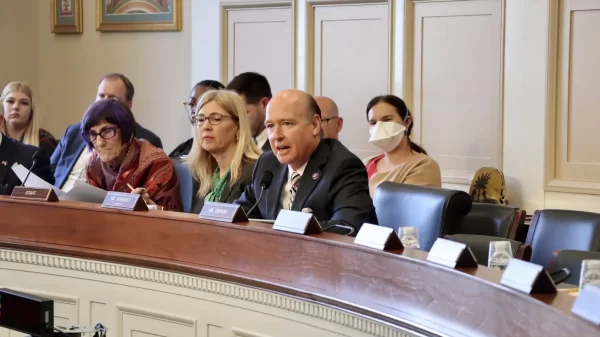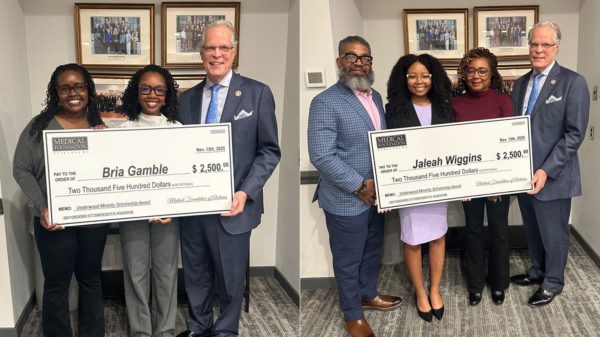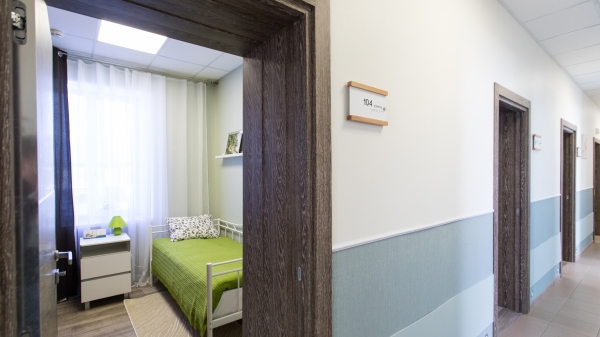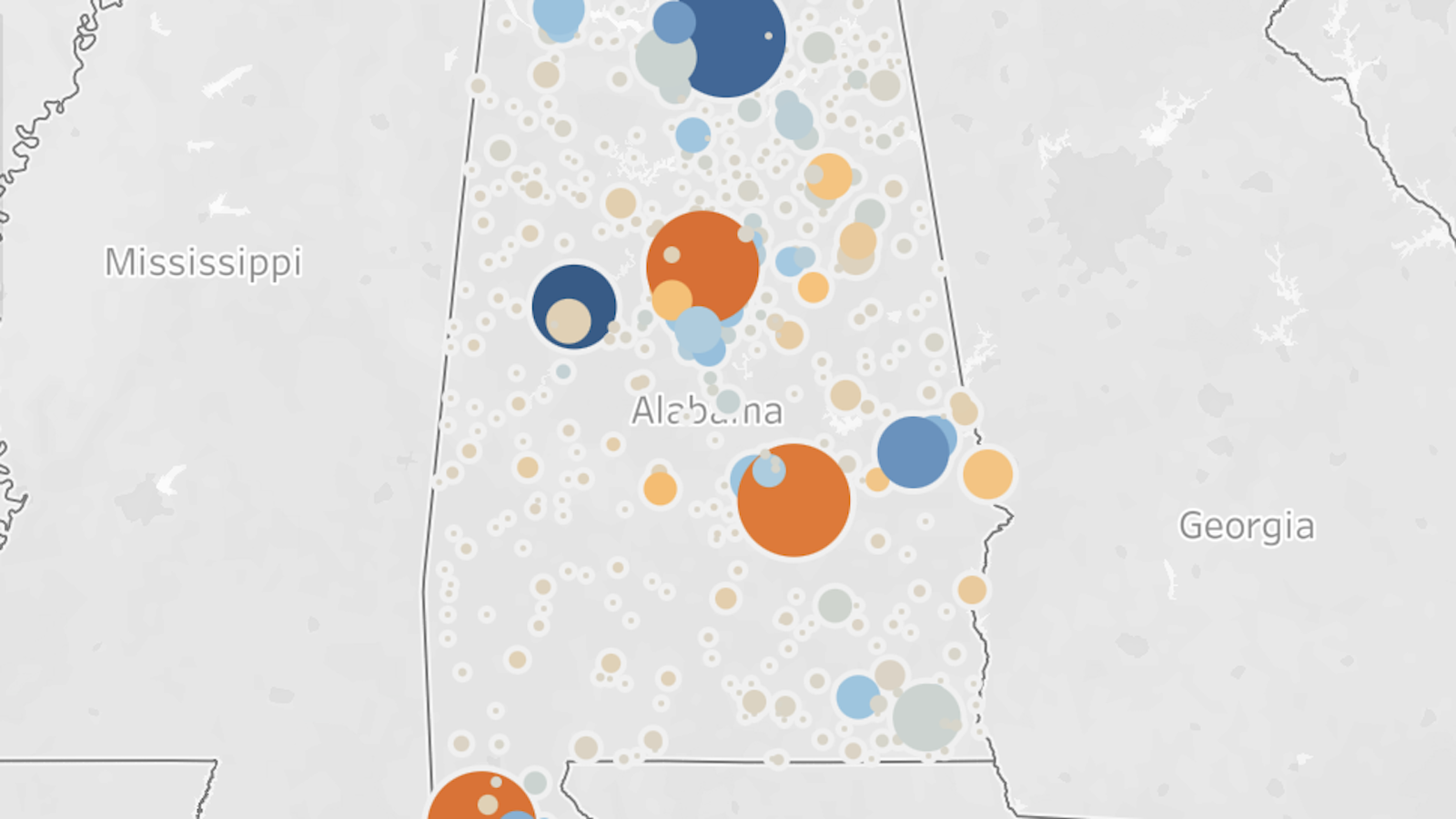The most recent population data from the U.S. Census Bureau shows Huntsville continuing to increase its lead as Alabama’s most populated city, according to a new report by the Public Affairs Research Council of Alabama.
Meanwhile, the state’s other big three cities—Birmingham, Montgomery and Mobile— continue to lose population to surrounding suburbs, but the decline is slowing from a pandemic-driven erosion in 2020.
Long the state’s largest city, Birmingham’s population peaked in 1960 at 340,000. After 1960, almost all Birmingham-area residential growth occurred in surrounding suburbs rather than the city. A downtown urban residential renaissance in recent years hasn’t been enough to offset the shift to newer housing farther from the city center. According to the estimates, Birmingham is now the third largest city, behind Huntsville and Montgomery. However, Birmingham’s urban core remains larger, and its metro area is more than twice as large as Huntsville.
Meanwhile, Huntsville’s population growth has been spurred by both private and public defense and technology investment, as well as by the successful recruitment of manufacturers like Mazda-Toyota and Polaris. And unlike Birmingham, Huntsville has been able to add population because it strategically annexed land where residential and job growth is taking place. Instead of being surrounded by a ring of suburbs, Huntsville now encircles its largest suburb, Madison.
Mobile has seen steady population loss but is pursuing an annexation campaign to boost its population above Birmingham and Montgomery.
Smaller cities in the state have begun to grow in part thanks to migration from the larger cities.
Tuscaloosa and Auburn-Opelika continued to see population increases. Tuscaloosa has seen Alabama’s most significant bump in its total population since the 2020 Census. Part of the rise in the numbers was due to what amounted to a recount. Tuscaloosa successfully argued that the 2020 Census undercounted the city’s population since most students had left for home during those early days of the pandemic. After considering new data, the Census Bureau now counts Tuscaloosa’s population at over 110,000, more than 10,000 residents higher than the 2020 estimates base.
Huntsville neighbors Madison and Athens were among the big gainers, as were more distant neighbors in its orbit like Cullman, Florence, and Muscle Shoals.
The most recent estimates showed close-in Birmingham suburbs Vestavia Hills, Homewood, Mountain Brook, and even Hoover as declining in population. Meanwhile, newer suburbs farther afield, like Helena, Chelsea, and Calera, continue to see growth.
Montgomery, which was long the only sizeable city in Montgomery County, is seeing population growth in its relatively new neighbor, Pike Road, which has added more than 1,000 new residents since 2020. Prattville is seeing similar growth levels.
The population is growing modestly in Wiregrass communities, the biggest gainer being Enterprise which has added about 1,000 residents since 2020.
Across Alabama, about 55 percent of cities lost population in the most recent year. Wide swaths of rural Alabama, particularly in the west and central part of the state, are experiencing population decline. Only 50 cities statewide out of 460 added 100 people or more between July 1, 2021, and July 1, 2022, according to the estimates.






